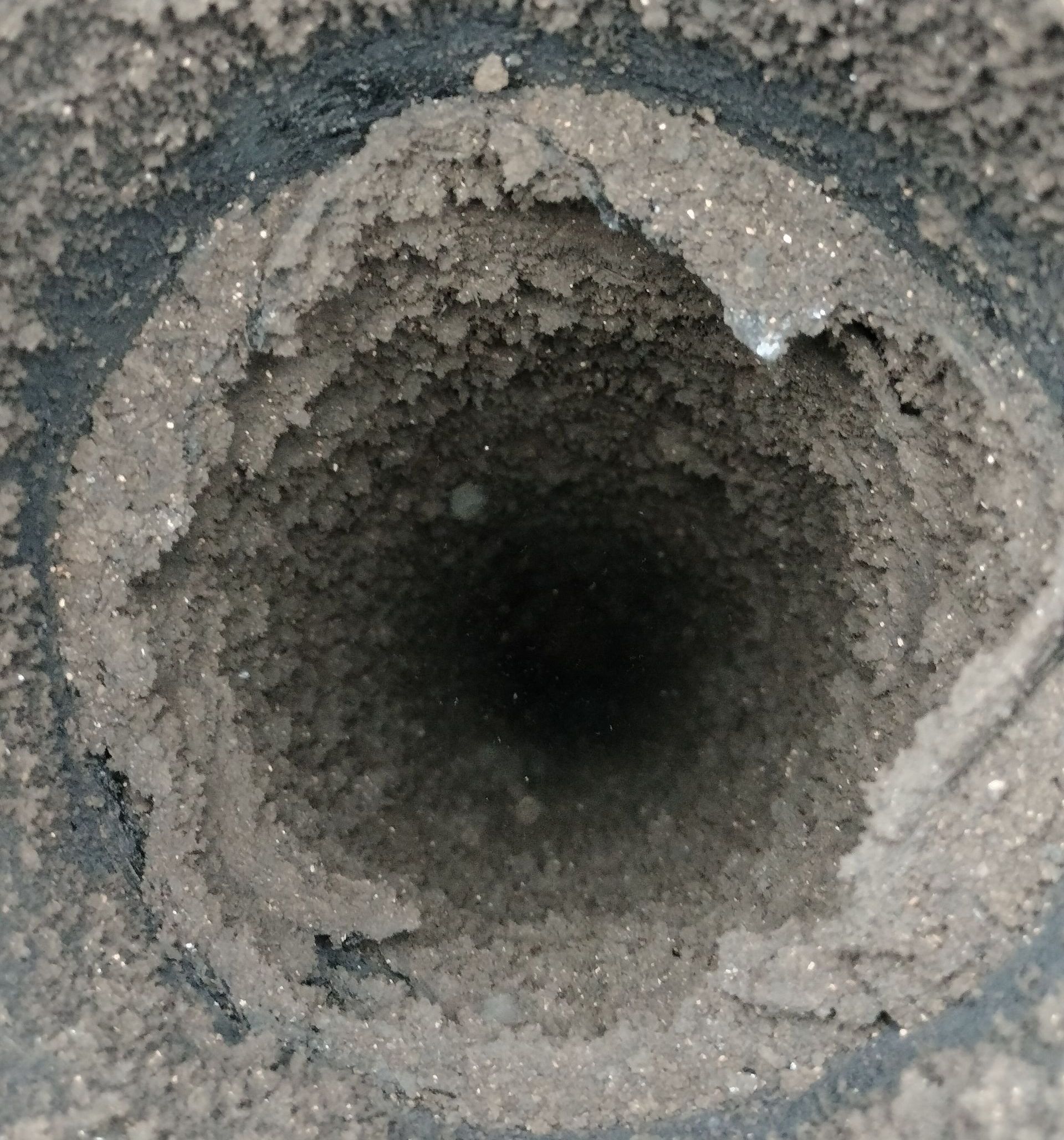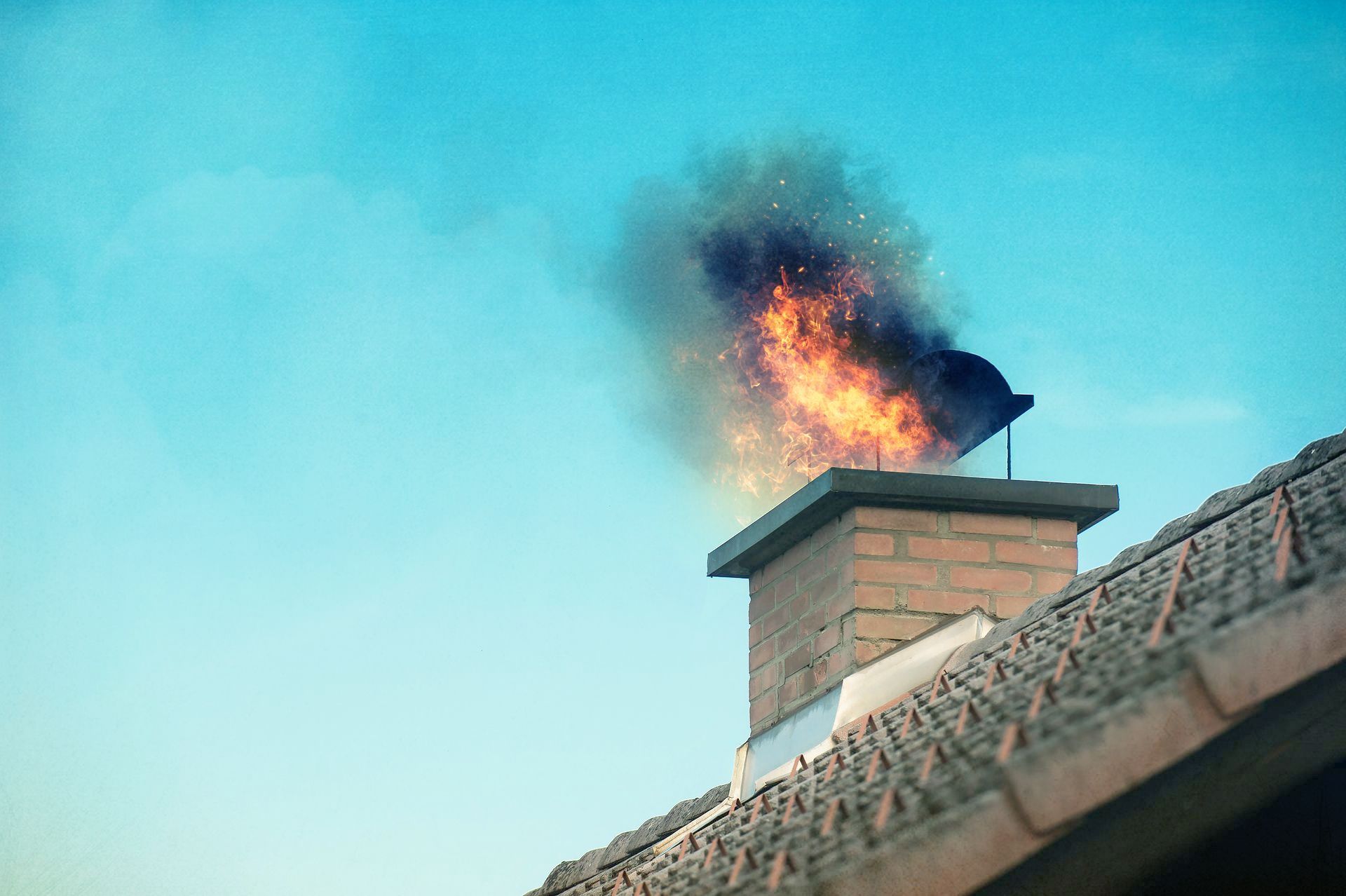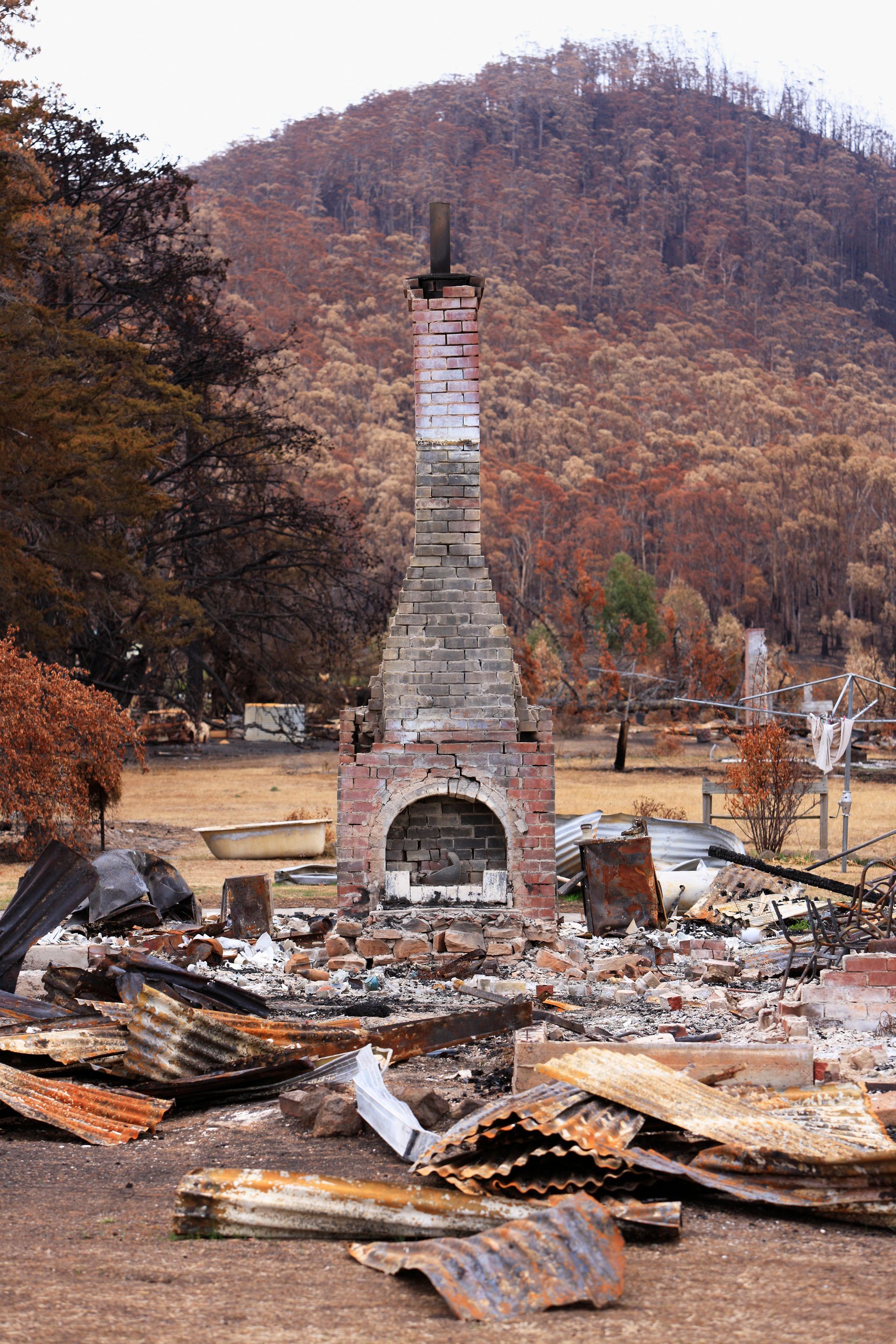Up your flue!
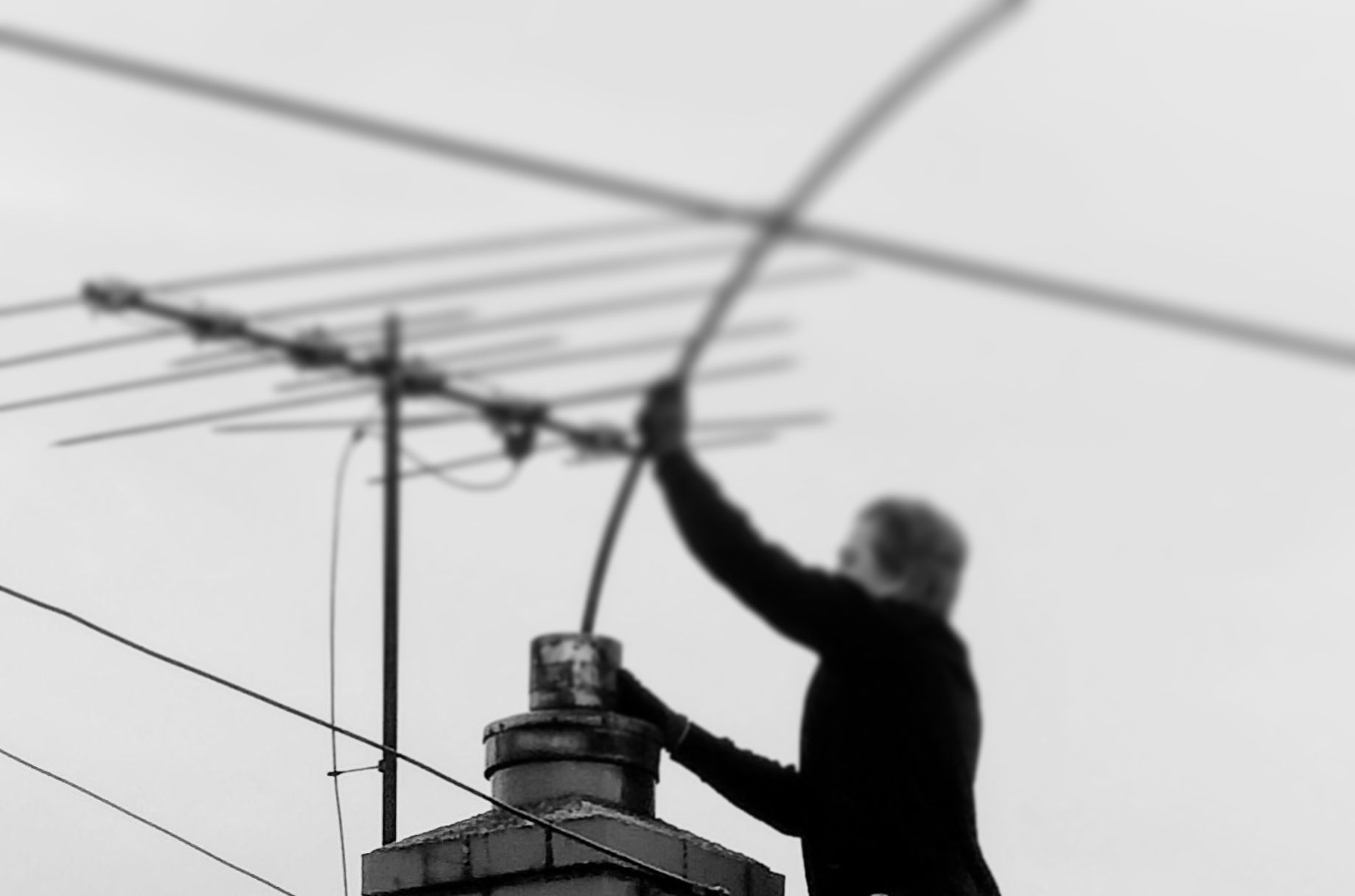
We never thought that one day we would enjoy forensically examining the inside of someone's flue or firebox. As it turns out, we have been doing just that and even developed an appreciation for the trusty woodburner.
Since March Luke and I have cleaned chimneys and wood burners of every model, shape, size and age at locations between Mosgiel and Palmerston. Apart from well maintained wood burners, each "sweep" brings its own set of challenges; the day in the life of a chimney sweep is an interesting one. There is far more to simply cleaning a chimney to ensure efficiency, maximise heat output and most importantly, ensuring the continued safety that you would expect with a blazing furnace placed within the confines of our timber homes.
Which is what brings us to share a few tips to help encourage you to get the most out of your woodburner.
Firstly and most importantly your chimney flue must be cleaned, at the very least every two years if used daily, and with our Dunedin winters dictating that our wood burners are used from May to sometimes, December, an annual clean is recommended. Particularly as flues age. Manufacturers of modern wood burners are recommending two cleans per year, for reasons set out below.
The reason for cleaning your flue is to keep it clear of creosote and carbon which gradually builds up on the interior, eventually restricting airflow through the 150mm diameter chimney which allows smoke to escape. Over time an unclean flue can be restricted to 50mm of clear airspace. This creates a significant fire hazard. As the creosote and carbon continually heats and cools and builds up, it ignites within the confines of the flue. Flues are designed to withstand vast quantities of thick hot carbon smoke, however, the rivets which join sections of flue together are not. They eventually rust out and may lead to a separation of sections of flue, allowing fire to escape into your roof space.
Generally, creosote and carbon build up is thickest in the section of flue within your roof space due to the sudden cooling effect of smoke leaving the hot fire box. Wood burners are designed to burn to capacity, that is they function best when burning hot and fast with dry wood. Burning wet wood, plastics, nappies, polystyrene and other toxic materials increases the build up and degradation of your flue and our environment. Modern wood burners are not designed to be dampened down at night and those that do also allow for an intense build up of carbon.
Wood burners provide instant radiant heat and burning away slowly overnight, while keeping you warm, is creating carbon and build up and that will be evidenced by black glass and a smokey room.
In our opinion, as many modern fire boxes reach 15 to 20 years, the flues are potentially being compromised by poor maintenance. Which brings me to point two.
A 'chimney sweep' as commonly referred to, should in fact be referred to as a "Flue and Firebox safety and maintenance check". Our fire boxes are constructed as several components, each essentially for maximising heat output and importantly, creating efficiency while keeping us safe.
The firebox contains fire bricks on the sides, a steel promet and fabric baffles at the top, and a clear 150mm flue and a cowl which is designed to weatherproof and draw smoke through the flue. Some fires have airflow pipes which over time also require replacement. Fire bricks hold and transmit heat and should last several seasons. The promet keeps in heat and allows adequate draw through the fire box. A promet should last the life of the fire box and baffles be replaced every few seasons.
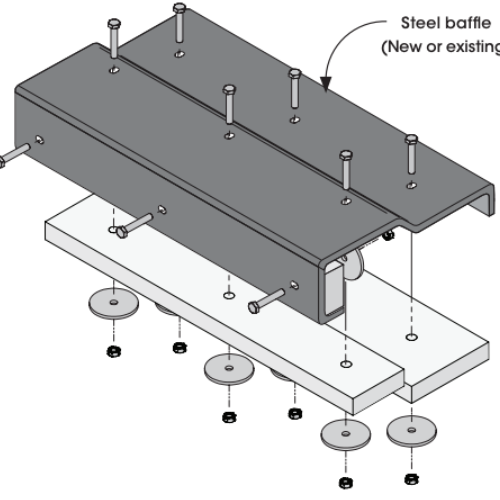
Finally, with our very modern, double glazed airtight homes, airflow through your fire box can be compromised. This is known as 'Negative Pressure' where airflow is restricted and oxygen depleted causing your fire to burn slower and slower. To make matters worse, using an extractor fan or kitchen extractor within your home further causes negative pressure drawing smoke from your firebox into the room. An unclean flue exaggerates that problem. If this occurs, an immediate fix is to open a window to allow immediate air flow and manufacturers are recommending a ventilation system be installed as a long term solution. That seems to defeat the purpose of an airtight home.
In any event, a clean flue and the regular maintenance of your fire box components will ensure efficiency and cost effectiveness.
Keeping your chimney clean should be ingrained into the routine of regular household maintenance and can be done by yourself if you become familiar with your wood burner and understand its maintenance regime, as set out in the manufacturers installation manual.


